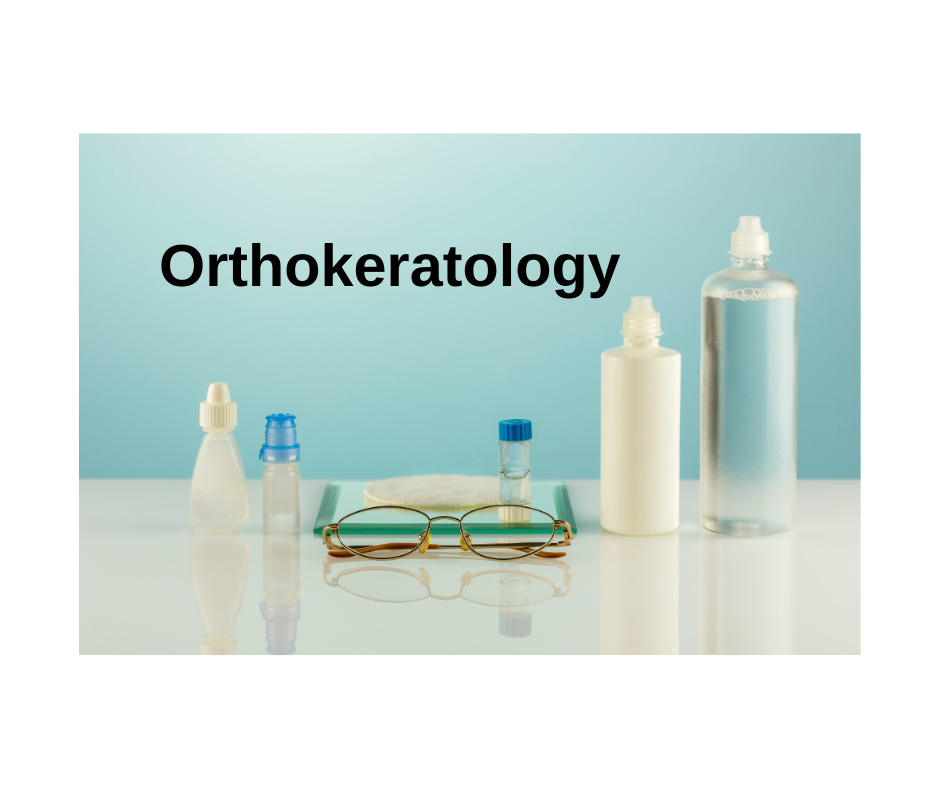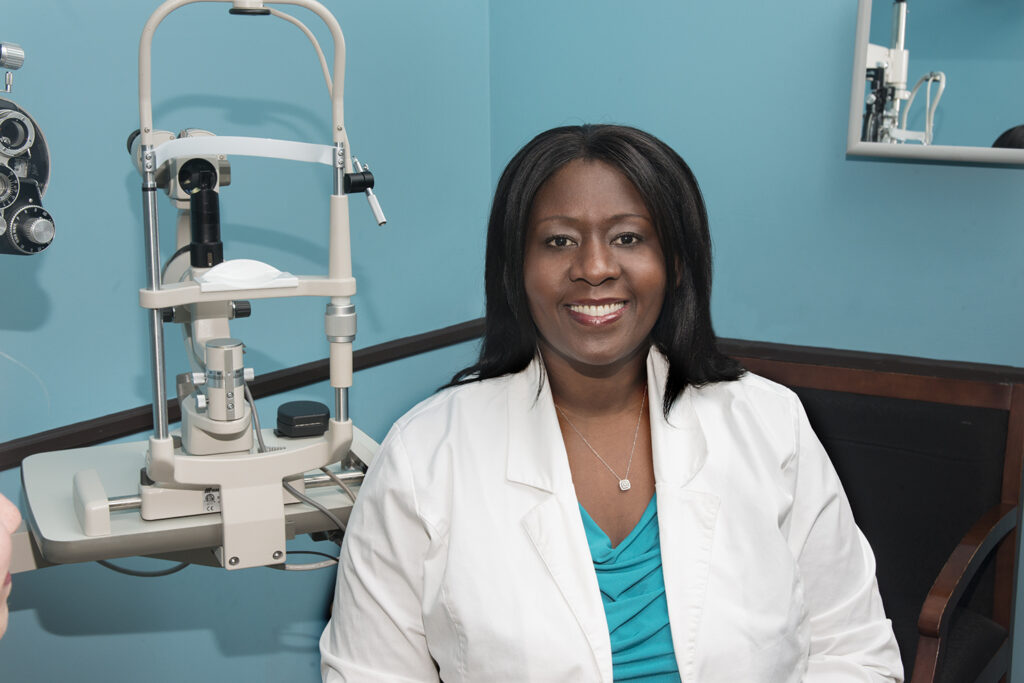Embracing Orthokeratology: A Call to Action for Optometrists to Champion Myopia Control

Introduction
Myopia, or nearsightedness, is rapidly becoming a global health concern, with prevalence rates skyrocketing among children and adolescents. As optometrists, we are at the frontline of this burgeoning epidemic. While traditional corrective lenses offer a temporary solution, they do little to address the underlying progression of myopia. It’s time for us to shift our focus from merely correcting vision to controlling the progression of myopia itself. Orthokeratology (OrthoK), with its proven efficacy, should be our preferred choice and the standard of care in myopia management.
The Myopia Epidemic: A Growing Concern
The increasing prevalence of myopia is alarming. By 2050, it is estimated that nearly half of the world’s population will be myopic, with significant numbers at risk of high myopia and associated ocular pathologies such as retinal detachment, glaucoma, and myopic maculopathy (Holden et al., 2016). The implications for public health are profound, necessitating a proactive and comprehensive approach to myopia management.
Orthokeratology: A Proven Solution
Orthokeratology involves the use of specially designed gas-permeable contact lenses worn overnight to temporarily reshape the cornea. This non-surgical intervention has been extensively studied and has shown significant efficacy in slowing the progression of myopia in children (Chen et al., 2020). Numerous clinical trials and studies have demonstrated that OrthoK lenses can reduce the rate of myopic progression by approximately 45-50%, compared to traditional single-vision corrective lenses (Li et al., 2019; Charm & Cho, 2018).
The Case for Orthokeratology as Standard of Care
- Efficacy in Myopia Control: The primary advantage of OrthoK is its ability to effectively slow down the progression of myopia. Unlike traditional corrective measures, OrthoK addresses the root cause, reducing the risk of developing high myopia and its associated complications (Huang et al., 2016).
- Improved Quality of Life: Children wearing OrthoK lenses enjoy the freedom from daytime contact lenses or glasses. This can be particularly beneficial for active children and adolescents involved in sports and other extracurricular activities (Sankaridurg & Naduvilath, 2019).
- Safety Profile: With advancements in lens materials and design, the safety of OrthoK has improved significantly. Adherence to proper hygiene and lens care protocols ensures that the risk of complications is minimal (Bullimore & Sinnott, 2015).
- Patient and Parental Acceptance: When presented with comprehensive information about the benefits of myopia control and OrthoK, many parents are willing to opt for this proactive approach to manage their children’s eye health (Huang et al., 2016).
Overcoming Barriers: A Call to Action for Optometrists
Despite its benefits, the adoption of OrthoK as a standard practice in myopia control faces several barriers, primarily stemming from within our own community. It is imperative that we, as optometrists, champion the cause and advocate for OrthoK. Here’s how we can overcome these challenges:
- Education and Awareness: Increase efforts to educate our colleagues about the long-term benefits of myopia control and the specific advantages of OrthoK. This can be achieved through continued education programs, seminars, and workshops.
- Patient-Centered Approach: Emphasize the importance of myopia control during patient consultations. Provide parents with detailed information on the risks of myopia progression and the effectiveness of OrthoK, helping them make informed decisions (Chia et al., 2012).
- Collaborative Efforts: Work together as a community to share success stories, clinical outcomes, and best practices. Collaboration can drive broader acceptance and implementation of OrthoK as a standard care practice.
- Advocacy and Policy Change: Advocate for the inclusion of myopia control strategies, including OrthoK, in clinical guidelines and standards of care. Engage with professional organizations and regulatory bodies to recognize the importance of proactive myopia management.
Conclusion
The escalating prevalence of myopia demands a paradigm shift in our approach to eye care. Orthokeratology offers a scientifically backed, effective means to control myopia progression, enhancing the quality of life for young patients and mitigating long-term ocular health risks. As optometrists, it is our duty to embrace this transformative approach and advocate for OrthoK as the standard of care in myopia control. By doing so, we can make a significant impact on the future eye health of the children we serve.
Call to Action
Let us unite as a community of eye care professionals to champion the cause of myopia control. Together, we can ensure that every child with myopia receives the best possible care, fostering a future with healthier vision for all.
References:
- Bullimore, M. A., & Sinnott, L. T. (2015). The Safety of Orthokeratology—A Review. Eye & Contact Lens, 41(1), 28-36.
- Chen, Z., Li, X., Hu, Y., et al. (2020). Efficacy of Orthokeratology on Axial Length Elongation in Myopic Children: A Meta-Analysis. BMC Ophthalmology, 20, 227.
- Chia, A., Chua, W. H., Cheung, Y. B., et al. (2012). Atropine for the Treatment of Childhood Myopia: Safety and Efficacy of 0.5%, 0.1%, and 0.01% Doses (Atropine for the Treatment of Myopia 2). Ophthalmology, 119(2), 347-354.
- Charm, J., & Cho, P. (2018). High Myopia-Partial Reduction Orthokeratology (HM-PRO): Could It Be Myopia Control? Cont Lens Anterior Eye, 41(5), 497-504.
- Holden, B. A., Fricke, T. R., Wilson, D. A., et al. (2016). Global Prevalence of Myopia and High Myopia and Temporal Trends from 2000 through 2050. Ophthalmology, 123(5), 1036-1042.
- Huang, J., Wen, D., Wang, Q., et al. (2016). Efficacy Comparison of 16 Interventions for Myopia Control in Children: A Network Meta-Analysis. Ophthalmology, 123(4), 697-708.
- Li, S. M., Kang, M. T., Wu, S. S., et al. (2019). Efficacy, Acceptance, and Safety of Orthokeratology on Slowing Axial Elongation in Myopic Children by Meta-Analysis. Current Eye Research, 44(3), 274-283.
- Sankaridurg, P., & Naduvilath, T. (2019). Characteristics of Children with Myopia Initiating Treatment with Multifocal Soft Contact Lenses and Orthokeratology: A Retrospective Cohort Study. Eye Contact Lens, 45(5), 308-315.




